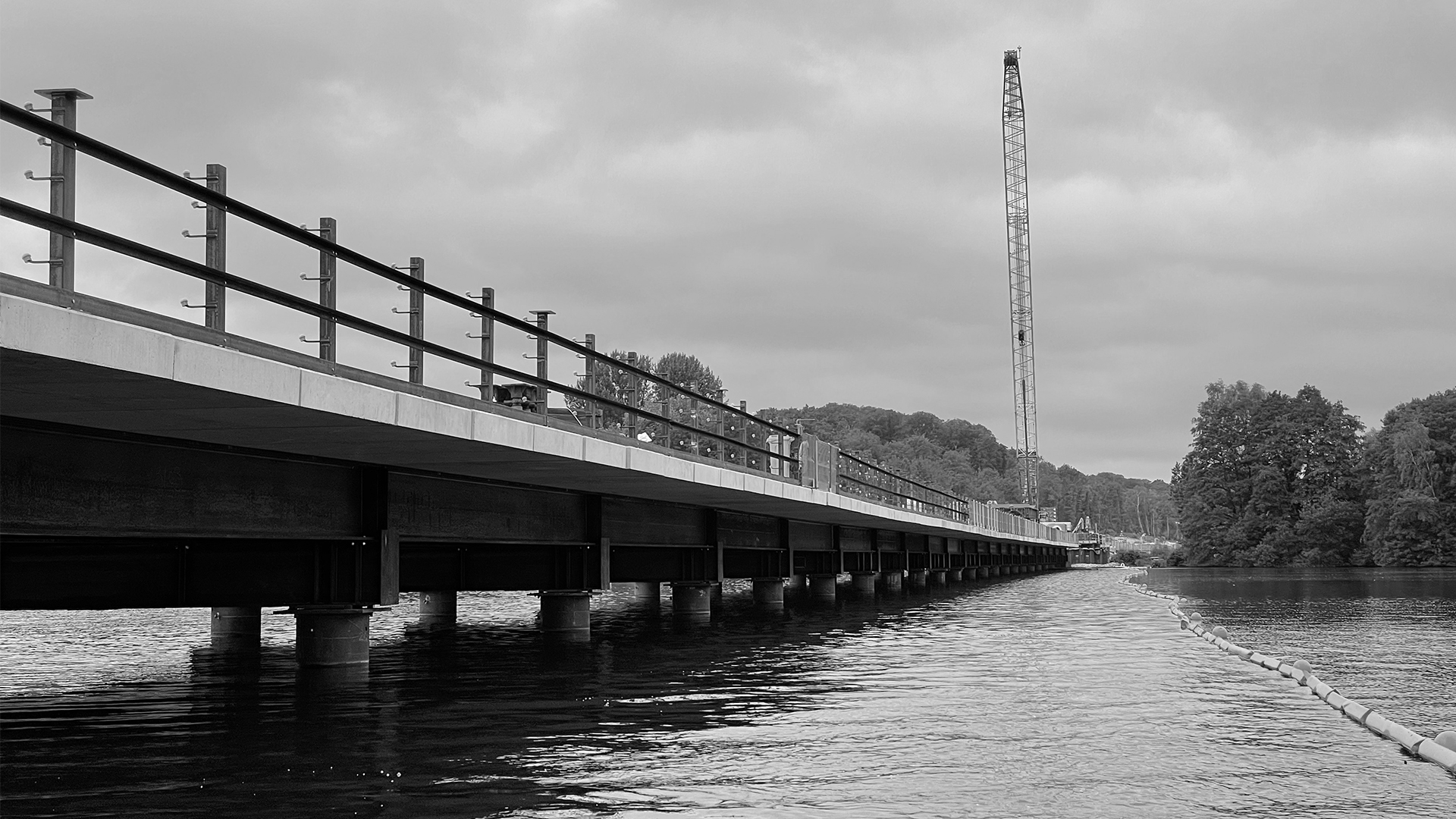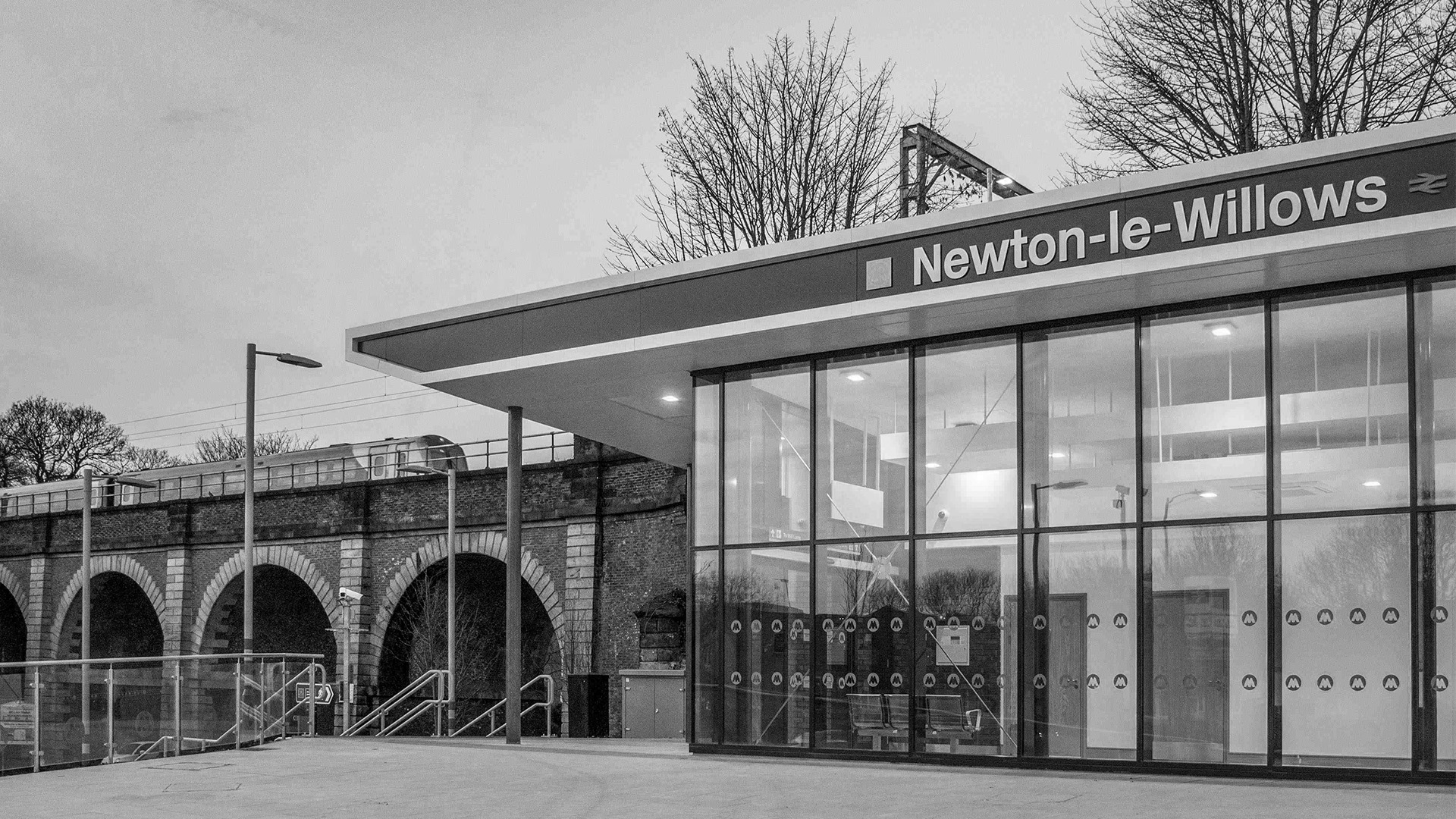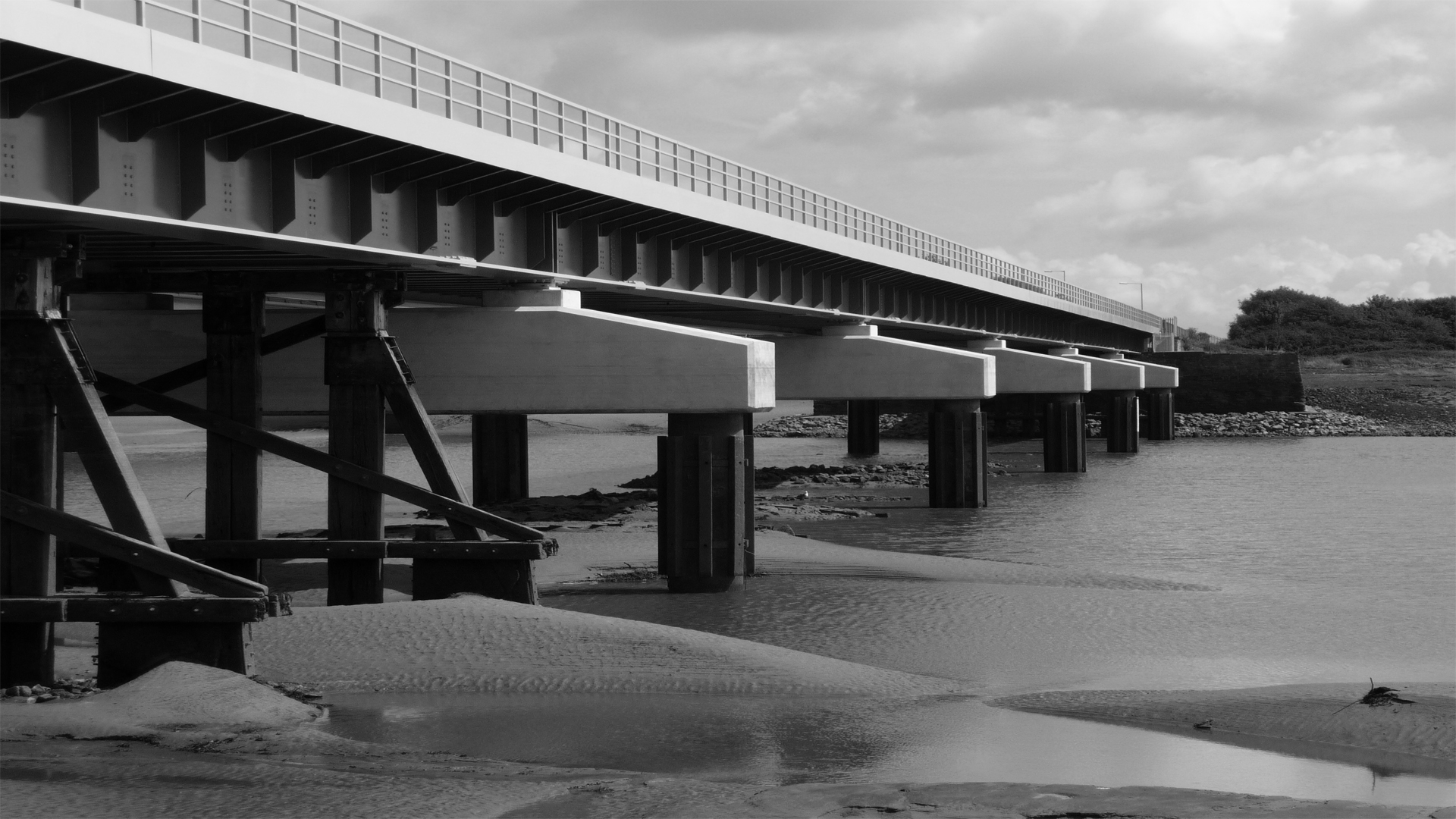Dawlish Emergency Works
Dawlish, UK
Project synopsis
Tony Gee was appointed as main designer for the emergency response to repair the station and for the permanent solution for the damaged seawall. The railway line was repaired and reopened two months ahead of schedule. Tony Gee continued as permanent works designer for on-going cliff stabilisation.
Contractor
BAM Nuttall, Amco Rail and Dyer and Butler
End client
Network Rail
Awards
Multi-award winner including the ICE Brunel Medal
On 4th February 2014 storm damage caused an 80m long breach in the railway line near Dawlish Station.

On 4th February 2014 storm damage caused an 80m long breach in the railway line near Dawlish Station. As the lead designers on the project, we worked collaboratively with Network Rail, BAM Nuttall, Amco Rail and Dyer and Butler.
Emergency works were undertaken to protect the area from being undermined further by the tide; containers were filled with debris / ballast to form a protective barrier to the works area. High tides and poor weather restricted work to short length low-tide cycles. Sprayed concrete was used within the side slopes of the hole to prevent the fine sand from washing out further and protect undermined residential properties.
Initially the sea cliffs between Dawlish Warren and Teignmouth had fared better than the sea wall, apart from some minor slips. However, a second storm struck on the 14th February causing additional larger cliff slips.
The second storm caused further damage extending the breach by 20m and increasing the quantities of other wall defects and causing a large slope failure in the cliffs immediately above the rail line. By using staggered rows of precast vertical concrete barriers (VCBs) as
facing shutters on the seaward face, the breach was filled with four lifts of mass concrete. The VCB face was anchored back into the mass pour to ensure composite unit was created.
The cliff failure was estimated at 25,000 tonnes of material precariously held up at mid-slope. To make it safe to open the railway, an operation began to bring the slipped mass down in a controlled manner using water inundation with the help of the local special operations fire brigade and three water monitors to erode the material. A combination of long reach excavators at track level and slope-climbing ‘Spider-Rigs’ on the cliff face worked in tandem with the water application to remove the majority of this material. Tony Gee supervised the roped access teams who carried out a mass hand-scaling/rock-combing of the slope face to remove boulders and suspect areas of rock, as well as to reinstate/refurbish the damaged catch fence at the toe.
The works were completed ahead of schedule and the scheme was described as and ‘engineering triumph’ and praised the ‘herculean’ effort of the whole team that the local community affectionately named the ‘Orange Army’.
Recommended Reading




